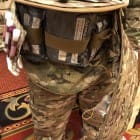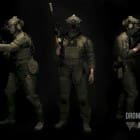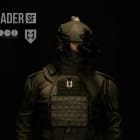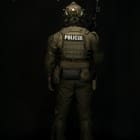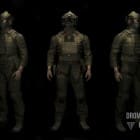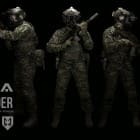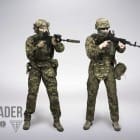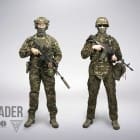Millcreek UT – OSS Suppressors LLC is proud to announce the City of Minneapolis Police Department contracted and issued HX-QD 556k and HX-QD 762 suppressors to four Metro SWAT Warrant and Sniper teams. These teams were responsible for securing one of the world’s major sporting events recently held in their city – Super Bowl LII.

The selection of OSS was the culmination of an extensive 4-month evaluation conducted by the Minneapolis Police Department and assisted by Sentinel MN, a leading Twin Cities source of specialized firearms, optics and suppressors for law enforcement.
Sentinel MN owner Tom Huot said “our approach takes all the hype out of the process and puts quality equipment in the hands of the officers. Starting last summer, we presented a range of suppressors from over 10 manufacturers and let the teams test performance with thousands rounds.”
“We had evaluated suppressors a few at a time in the past,” said Mark Kaspszak, Minneapolis PD SWAT sniper, “and we had the opportunity to finally take a hard look at most of the major brands head to head and compare factors like sound suppression, muzzle flash, blowback, weight/length, accuracy impact, attachment mechanism, and how the suppressors impacted our SBR and precision rifles. After all that, leaders for both the Sniper teams and our Warrant teams unanimously selected OSS as the suppressor we wanted on our guns.”
“I want to thank Tom and Sentinel MN for their extensive work and professional approach” said Chris Estadt, VP of Marketing and Sales. “The Minneapolis SWAT officers were able to test the best suppressors on the market, and to individually experience the advantages of OSS’s patented Flow-Through™ technology and our new HELIX-QD 5.56 and 7.62 suppressors. We’re proud of the public servants who are dedicated to keeping our communities safe,” he said, “and we’re excited that more and more law enforcement professionals are experiencing the unmatched advantages of OSS.”
For more information, visit:
• Website
• Facebook
• Twitter
• YouTube
• Instagram






